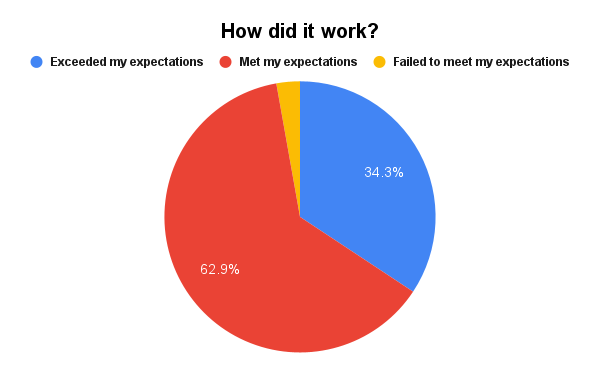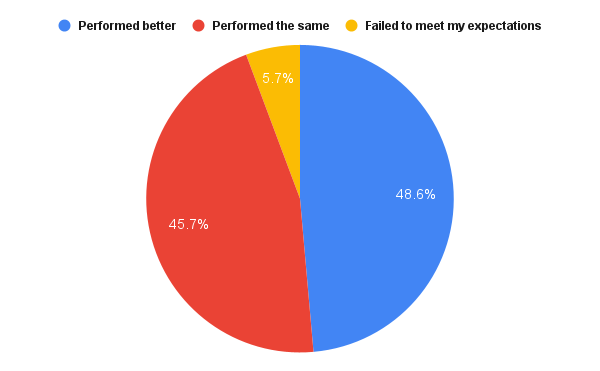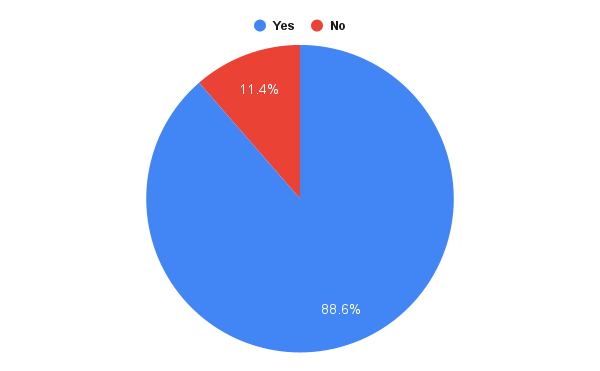At the suggestion of Betterbee friend Frederick Dunn (of The Way to Bee YouTube channel) last year we started carrying the HiveGate. It is made by BeeIQ Solutions in New Zealand, and by adding it to our inventory we allowed US beekeepers to buy it without individually paying the high shipping prices from New Zealand. The device turns the entrance of the hive into one (or more) plastic tunnels, meaning that robber bees or wasps must run a gauntlet of guard bees before they can enter or leave the hive. The tunnel also alters the airflow at the hive’s entrance, potentially altering the temperature, humidity, and ventilation properties of the hive throughout the year.
Fred Dunn discusses the HiveGate on his YouTube channel The Way to Bee
Citizen Science
Between the early adopters who bought the device from Betterbee and the crew of citizen scientists that Fred had already recruited, we have been able to collect feedback on how the device worked over the past year or so:
At the time of this article’s publication, we have received feedback from beekeepers in 16 U.S. states, 3 Canadian provinces, and one beekeeper from Australia.
Just over 1 quarter of the testers installed HiveGates on 6 or more hives, though 63% installed it on three or fewer hives. This reminds us that when we work together and pool our data, even beekeepers with a small number of hives can still have a big impact in the testing and development of new technologies.
Hives tested
About three fifths of the beekeepers installed just one HiveGate on their test hive or hives. Around one fifth installed two HiveGates per hive. The remaining fifth installed some combination of HiveGates on their various hives.
Nearly 75% of the testers conducted their test on standard Langstroth-style hives, with horizontal hives being the next most common design tested. (One beekeeper tested a HiveGate in a horizontal style hive built into an old wine barrel!) Just over half of the testers held the HiveGate in place using the metal adapter plate, but more than a third of the testers used a wooden entrance reducer or block of wood that had been modified to hold one or more HiveGates in place. (In our own testing, we have found it easier, and more affordable, to just make a wooden entrance reducer to hold the HiveGate in place.)
How did it work?
The vast majority of beekeepers said that the HiveGate met or exceeded their expectations

The vast majority of beekeepers said that the HiveGate met or exceeded their expectations
When beekeepers were asked to compare the performance of their hives with and without HiveGates, 93% of them said that the hives with HiveGates equipped performed as well or better than their other hives.

How did your hives with HiveGates perform compared to your hives without HiveGates?
Testers were asked which of the following things they thought the HiveGate helped with.
Preventing other bees from robbing honey: 77% of testers
Preventing raids by wasps and/or hornets: 83% of testers
Preventing mice from invading the hive: 77% of testers
Regulating temperature and/or humidity: 26% of testers
Clearly HiveGate’s ability to keep intruders out of the hive was its main appeal, whether those intruders were wasps, robber bees, or mice. A few beekeepers anecdotally reported that they seemed to have fewer small hive beetles in their hives too, perhaps because the HiveGate prevented adult beetles from sneaking into the hives.
Whether temperature or humidity regulation was helped by the HiveGate remains an open (but interesting) question. Learning more about this will require more complex data collection than beekeepers simply observing their hives.
Perhaps the most important question was also the simplest: We asked testers “Will you continue to use HiveGates on your hives?”
The only significant criticism of the HiveGate may be that 56% of the testers felt that the hives with Hive Gates installed required you to assist in the removal of dead bees. There were also concerns about ventilation at some times of year, though few testers felt that their use of HiveGates directly led to the loss of any of their colonies, and a few felt that the HiveGates had save their bees:
For example, one tester wrote: Colonies in hives with HG's were installed nucs, not established full strength colonies. I saw yellow jackets hovering within inches of the HG entrance, but never saw one attempt to go inside the hive. Had there been a more common wider and higher entrance, I believe the YJ's would have made bolder attempts. No sign either colony was robbed. Both colonies wintered over well and are beginning Spring buildup.
Conclusions
Overall, beekeepers seemed pleased and impressed with the HiveGate, especially those that struggle with intense seasonal robbing or yellow jacket pressure in their areas. We are not currently putting HiveGates on all of Betterbee’s hives, but we’re enjoying the process of testing them and have been pleased with what we’ve seen in some of our test hives.
If you have used the HiveGate too, you are welcome to share your reflections on the device by filling out our citizen science survey: https://forms.gle/ScZKWQjhtkbFjz4LA
If you are interested in trying the HiveGate out, you can order one today: https://www.betterbee.com/pest-management-and-medications/hivegate1-Hivegate-Single-Entrance.asp



